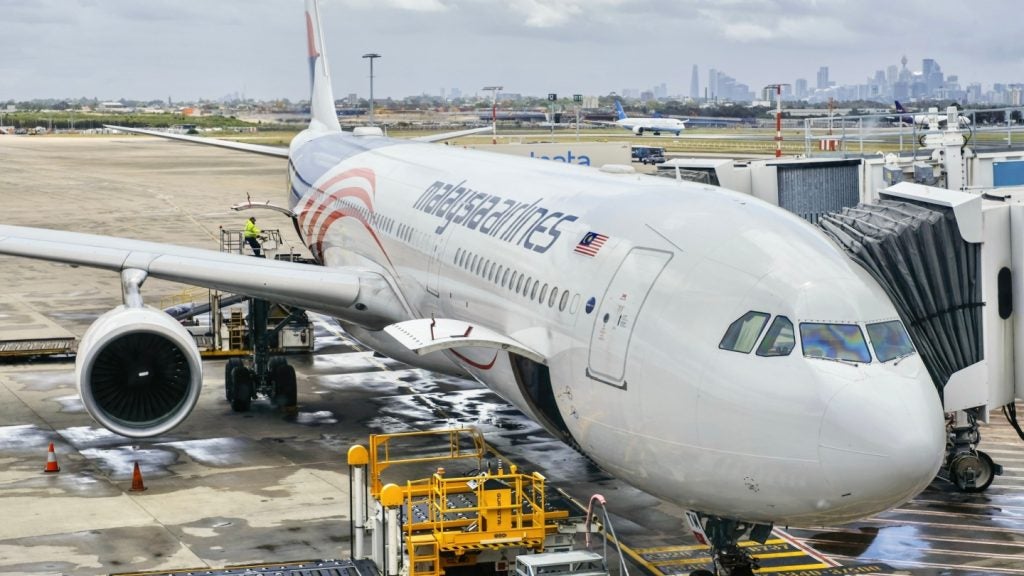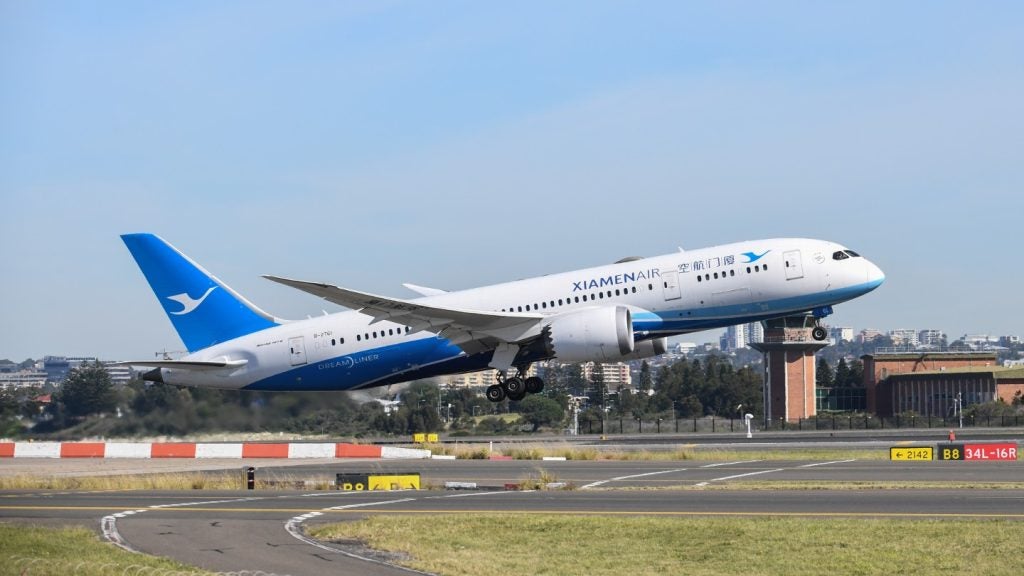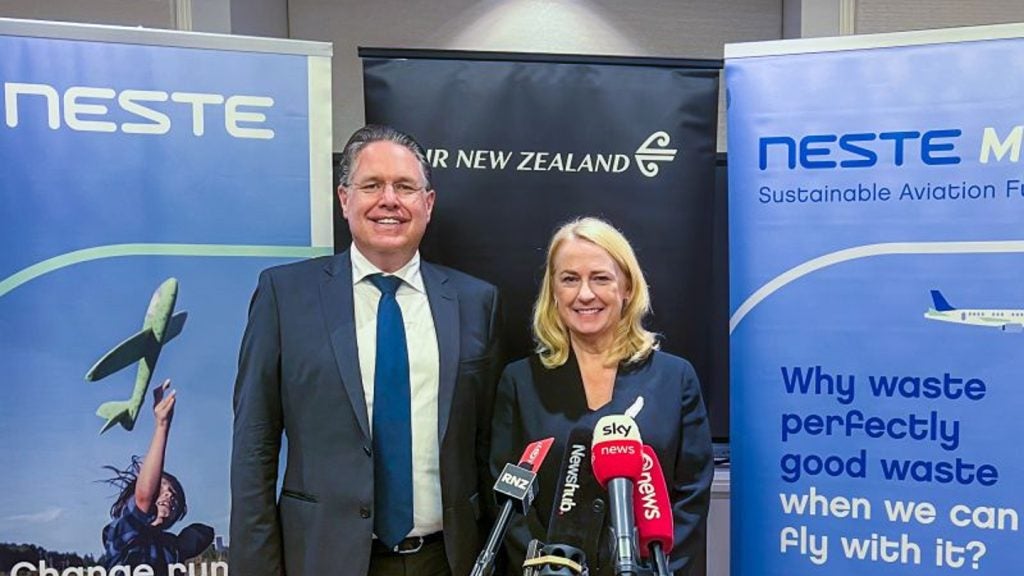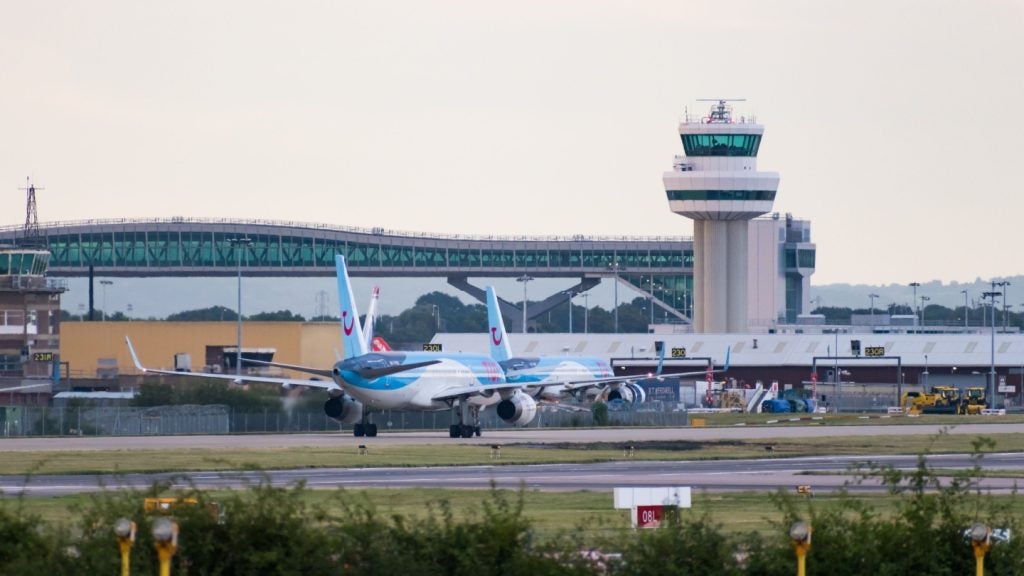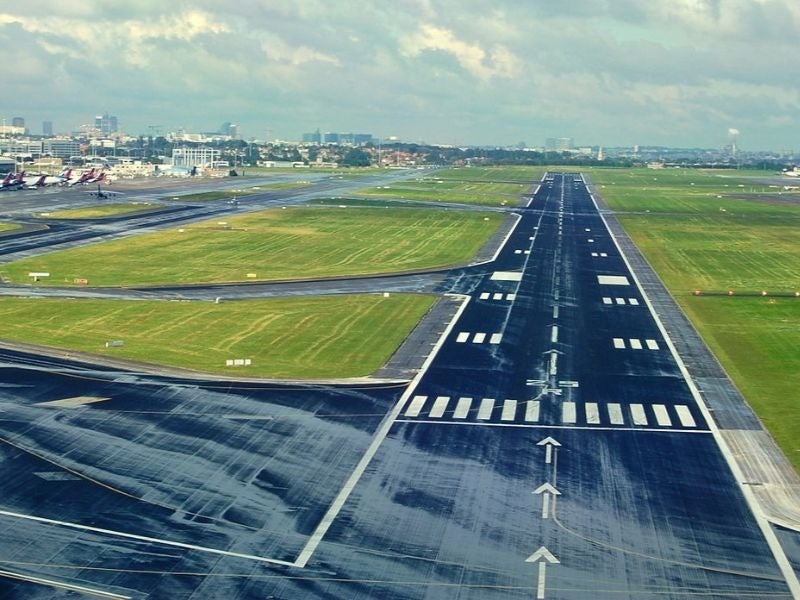
As of November, all airport operators will be required to monitor their runways more closely using a new standardised methodology.
Developed by the International Civil Aviation Organization (ICAO), the package, known as the global reporting format (GRF), is aimed at harmonising the assessment and reporting of runway conditions.
Along with controlled flight into terrain (an accident in which a plane under a pilot’s control is unintentionally flown into the ground, a mountain, water or obstacle) and loss of control in-flight, runway safety is one of ICAO’s top three safety priorities.
Runway excursions – incidents in which aircraft veer off the landing strip, either on take-off or landing – are a particular concern. In February, a flight operated by a budget Turkish carrier Pegasus Airlines slipped off a wet runway at Istanbul’s Sabiha Gokcen airport on landing, killing three passengers and injuring scores of others onboard.
Thankfully, excursion-related fatalities are rare, but excursions themselves are common, occurring around three times a month, according to ICAO figures.
Roughly 90% of such incidents occur on ‘contaminated’ runways – where the runway is slippery as a result of wetness, snow, slush or ice. This would suggest, as pointed out at a recent IACO assembly by Paul Adamson, the agency’s airport operations and operability officer, that “many of these excursions happen in a very focused period of time”.
How well do you really know your competitors?
Access the most comprehensive Company Profiles on the market, powered by GlobalData. Save hours of research. Gain competitive edge.

Thank you!
Your download email will arrive shortly
Not ready to buy yet? Download a free sample
We are confident about the unique quality of our Company Profiles. However, we want you to make the most beneficial decision for your business, so we offer a free sample that you can download by submitting the below form
By GlobalData“This methodology is very simple and based upon operational need,” said Adamson in his presentation on GRF. “Going on accidents we’ve had in the past, we know that we need to have this common methodology and common language around the globe and air traffic network.”
Getting ready: Wellington Airport heeds ICAO’s rallying call
ICAO used the aforementioned conference, held in Montreal in October, to highlight GRF’s importance. Describing the methodology as an “important runway-related safety implementation”, Steve Creamer, director of the ICAO’s Air Navigation Bureau, urged airports – along with states, aviation authorities, airlines and service providers – to “start preparing”.
GRF’s beginnings date back to 2004, when runway friction was first included in ICAO’s aerodromes panel programme. This was followed up in 2008 with the establishment of a friction task force, which came up with the idea of a globally harmonised methodology for runway surface condition assessment and reporting. In 2016, GRF was formally adopted by the ICAO Council’s 36 member states.
One airport that has been quick out of the blocks to heed this call has been New Zealand’s Wellington Airport. In February, it announced it had become the first hub in the southern hemisphere to comply with GRF, following the installation of a runway monitoring system and real-time sensors.
The sensors – nine in total – can capture reams of data, including information regarding temperature, moisture and ice conditions, which is then fed back to the airport’s new integrated operations centre. This, in turn, enables clearer decision-making and smoother lines of communications between airport personnel, air traffic control and airlines.
It is hoped the technology, developed in partnership with MetOffice – New Zealand’s state-run meteorological service – will support pilots in the more accurate calculation of their aircrafts’ landing and take-off performance. Wellington has also installed sensors on its runway inspection vehicles, which can further monitor conditions on the ground.
State responsibility: Implementing GRF in lockstep
When it comes to planning for GRF, the responsibility falls on the shoulders of states. For their benefit, ICAO has compiled a checklist, which includes contacting airports, providing training and building awareness.
States are also expected to work closely alongside ICAO’s regional offices to help with planning. According to ICAO’s Adamson, the hope is that states will plan and implement GRF in close harmony, “so we don’t have different methodologies being used in neighbouring states”.
Tech players and service providers could be set to capitalise on GRF’s rollout. In March, Vaisala, a Finnish weather measurement group, unveiled a new piece of kit that is compliant with the ICAO standard. Like the MetOffice technology, Vaisala Mobile GRF/TALPA Reporter uses sensors to report on runway conditions in real-time, with data converted into the text-based format required by ICAO. According to Vaisala, the technology can be applied to any fleet vehicle.
Tough deadline: Will airports be ready come November?
Back in New Zealand, the country’s Civil Aviation Authority is reported to be working with the country’s other airports in complying with the new standard. But as the aviation industry continues to contend with the devastating effects of the coronavirus outbreak, it is unclear how other the 40,000-plus airports belonging to the ICAO network might follow Wellington’s lead.
While some training materials are available online, ICAO has been forced to cancel its regional seminars on GRF for the foreseeable future. It is yet to put out any statement deferring the November 2020 deadline.



